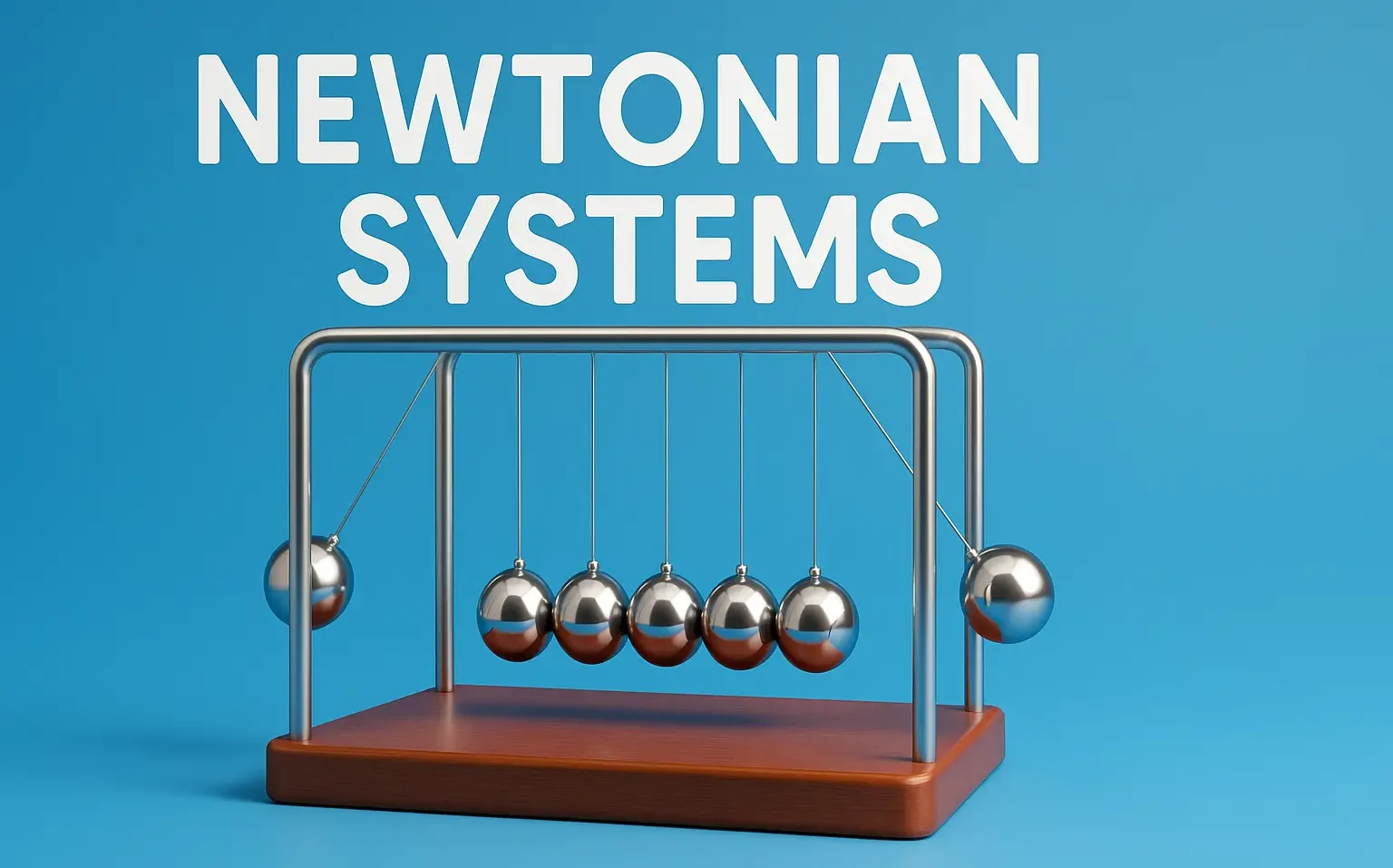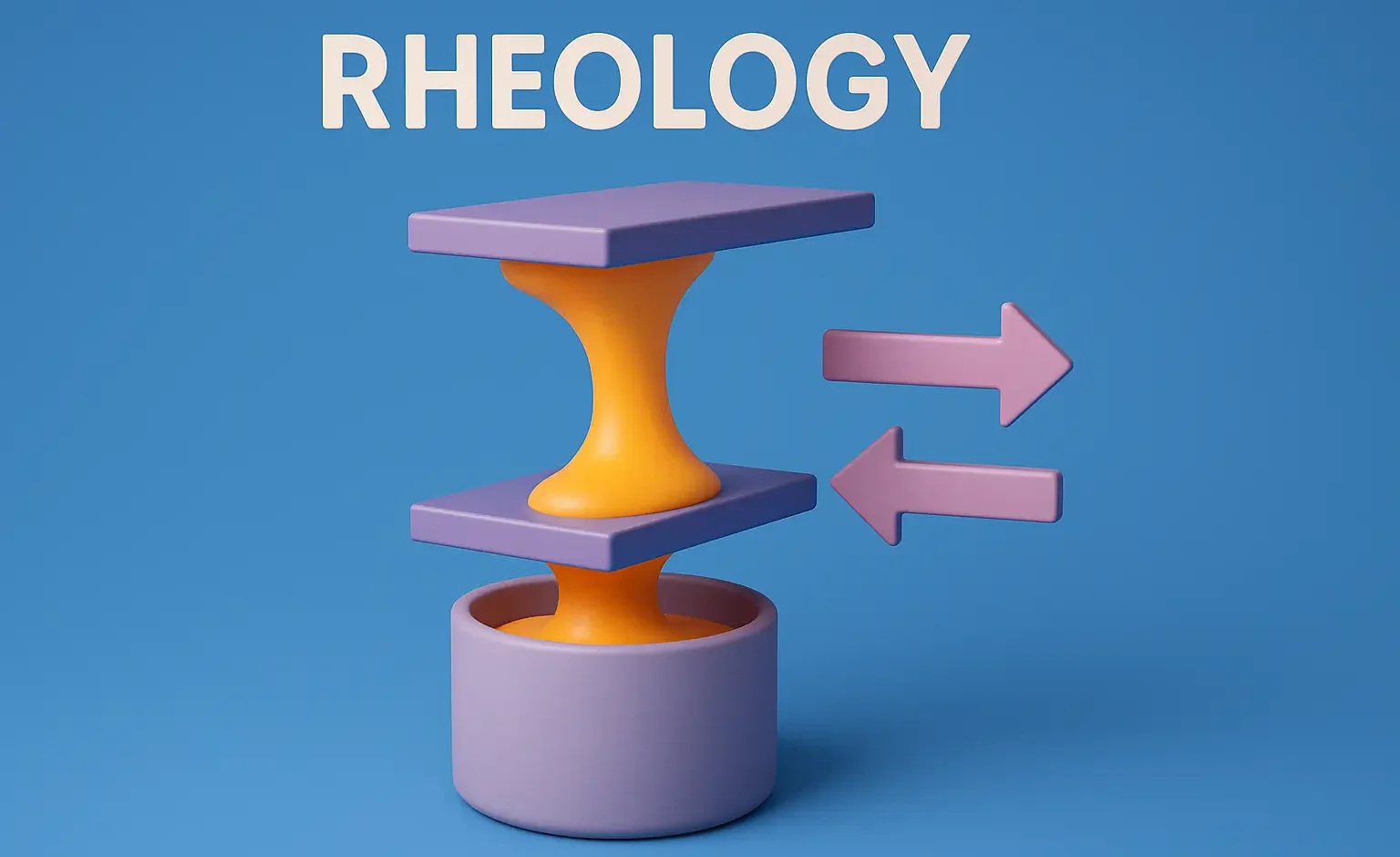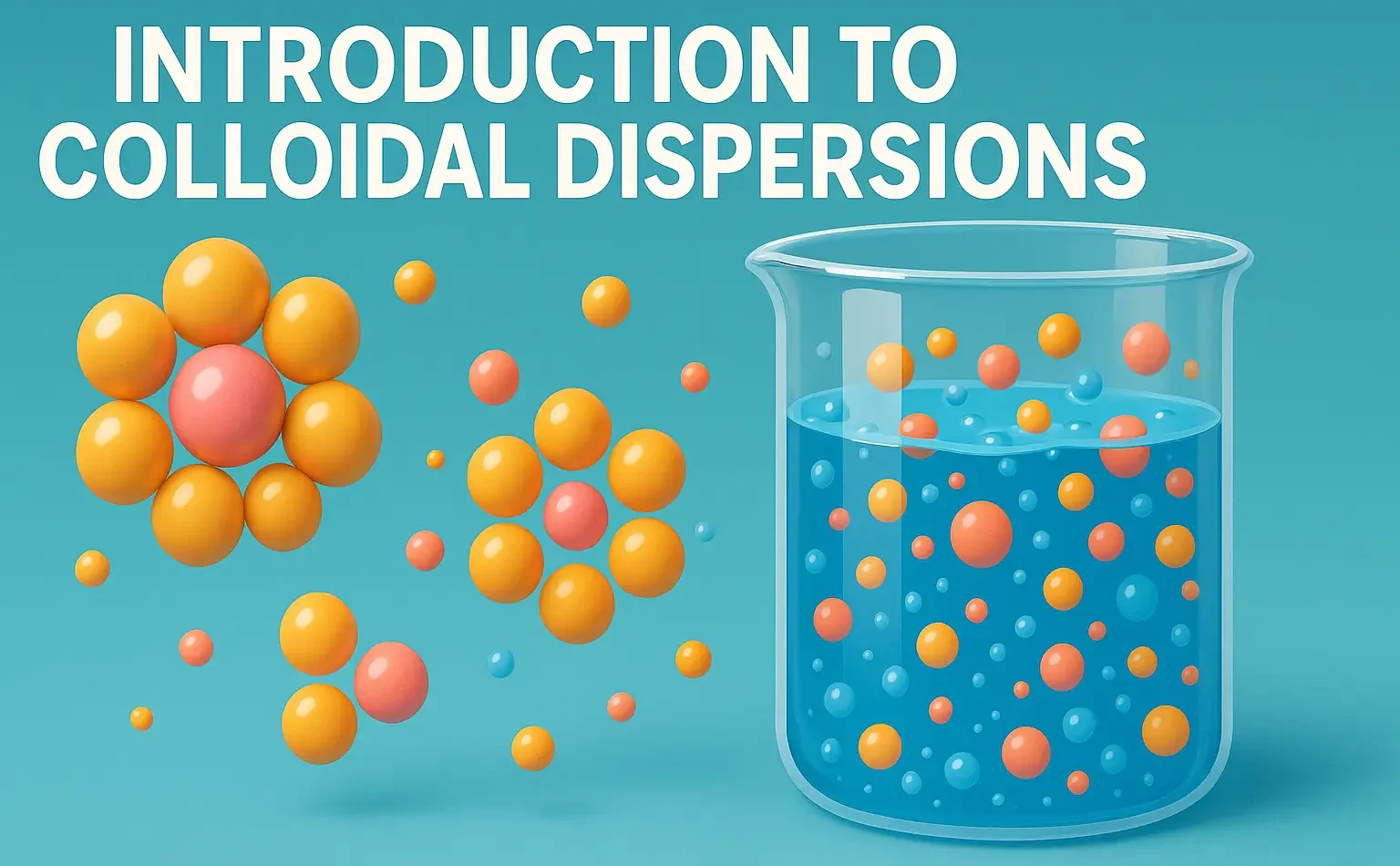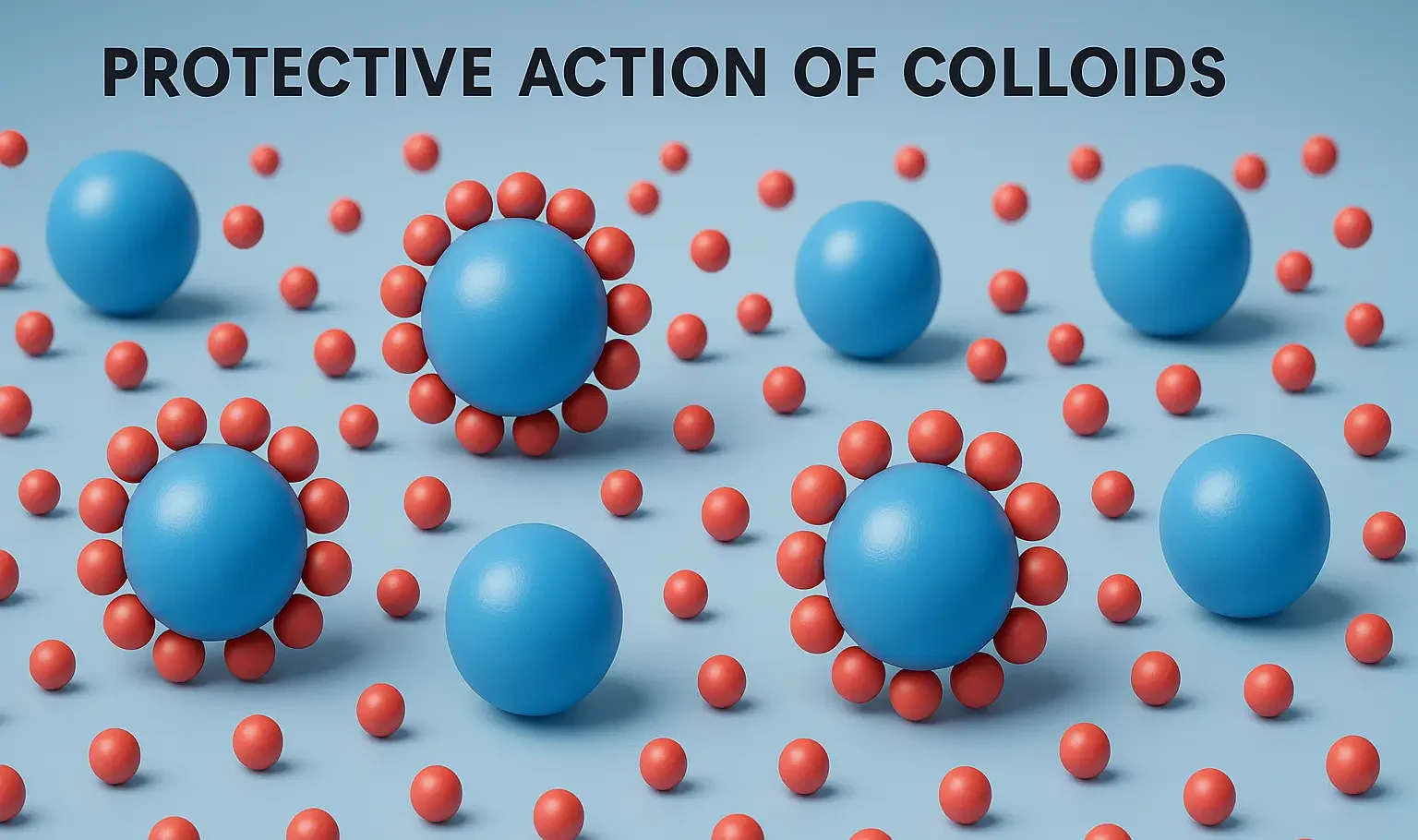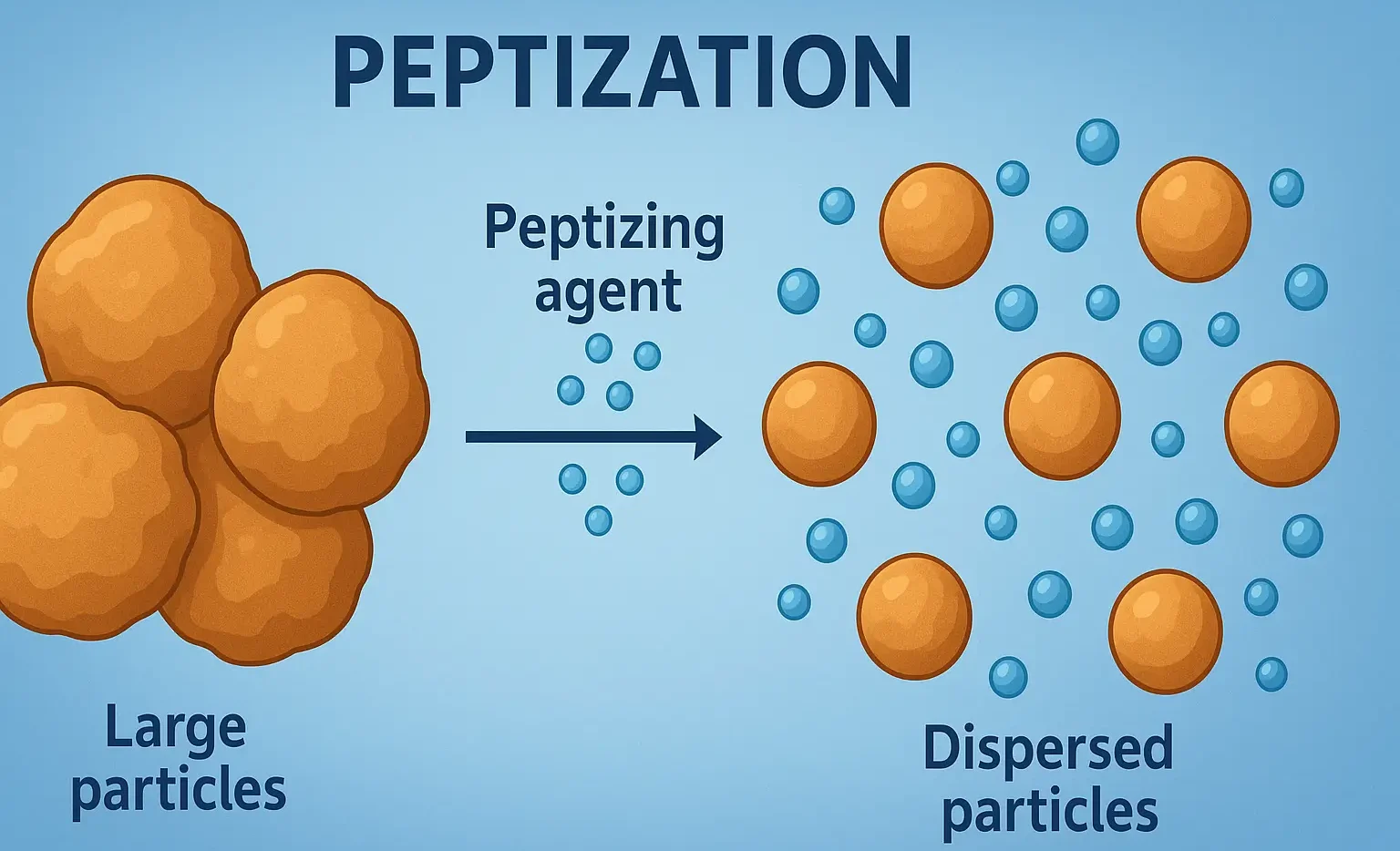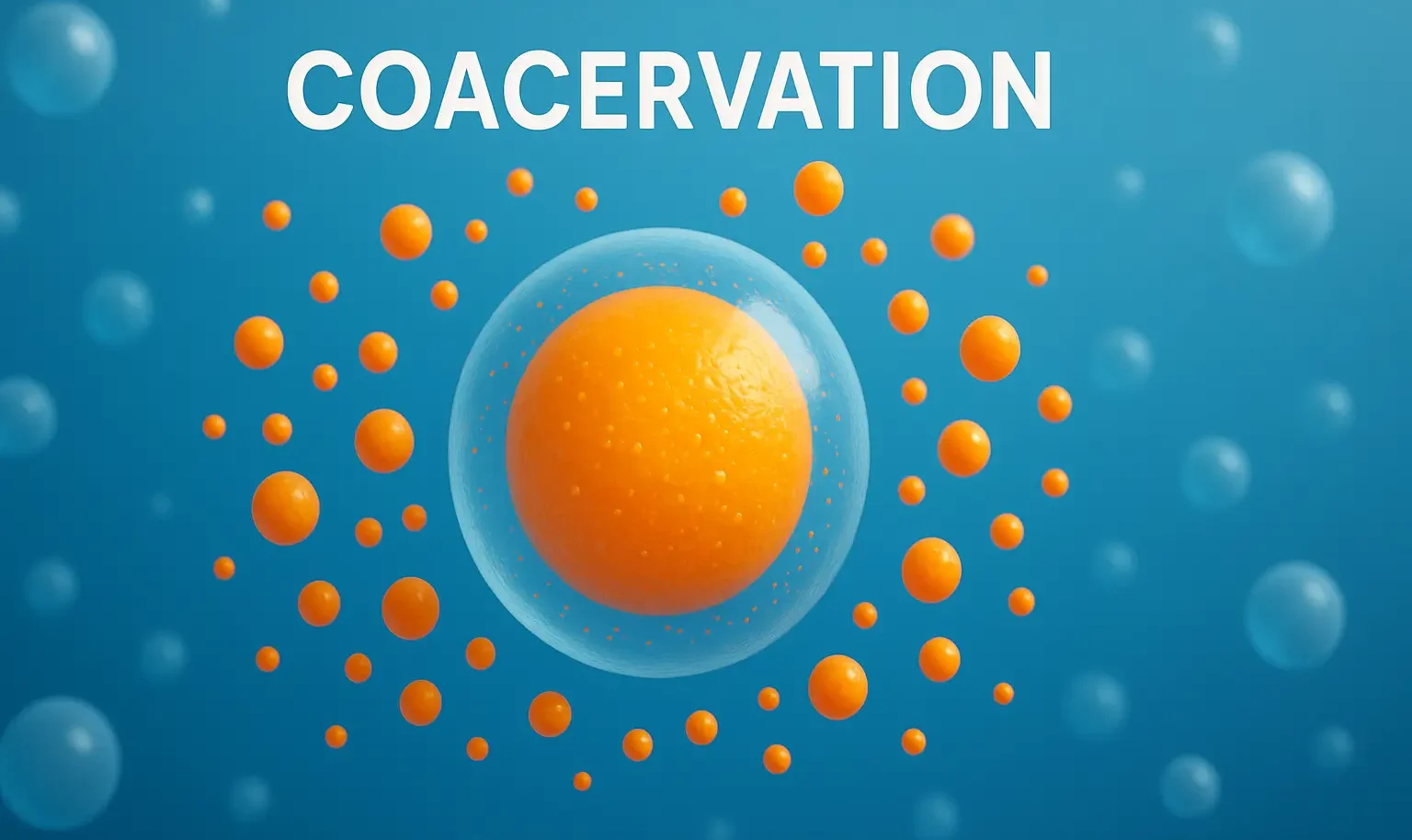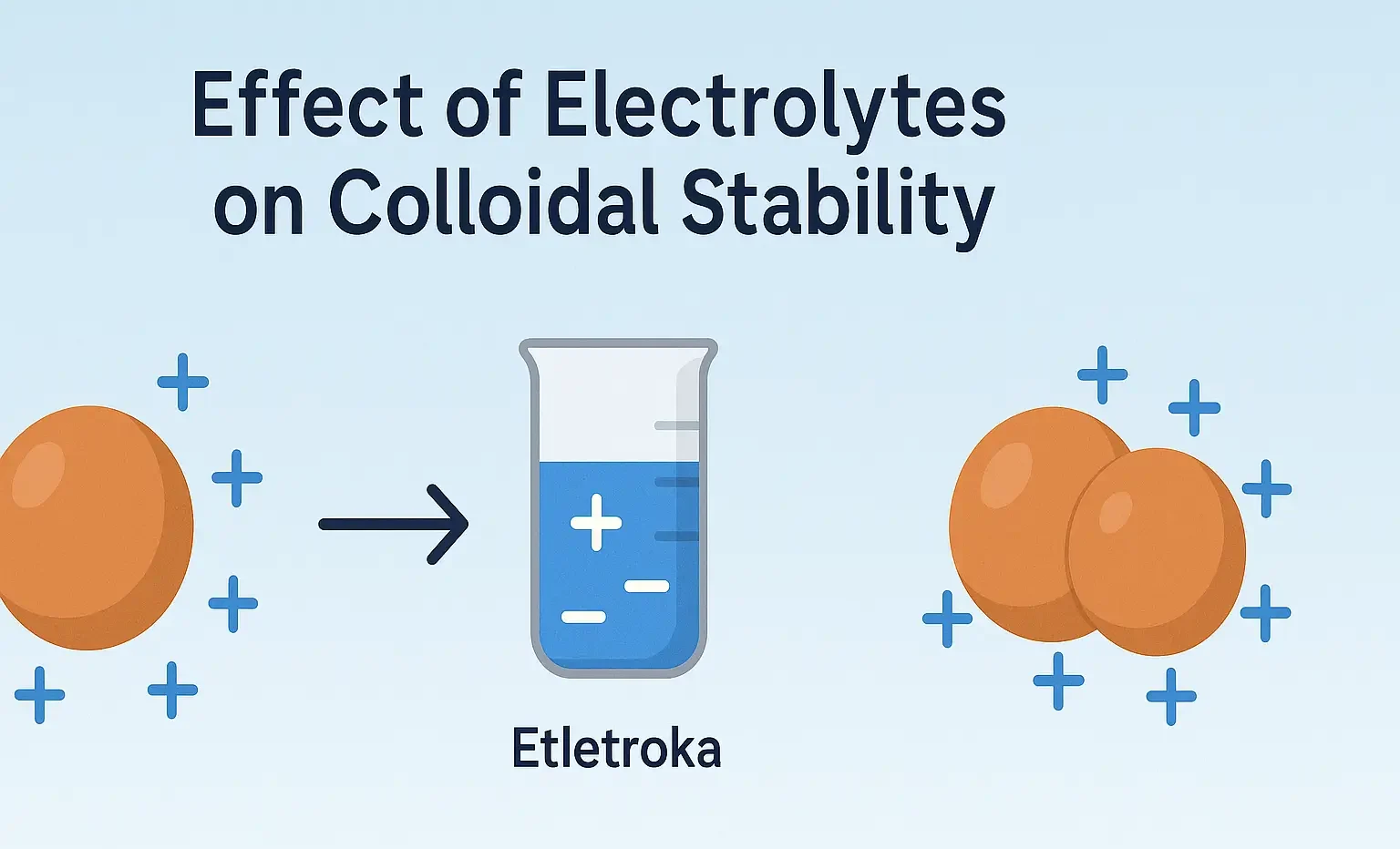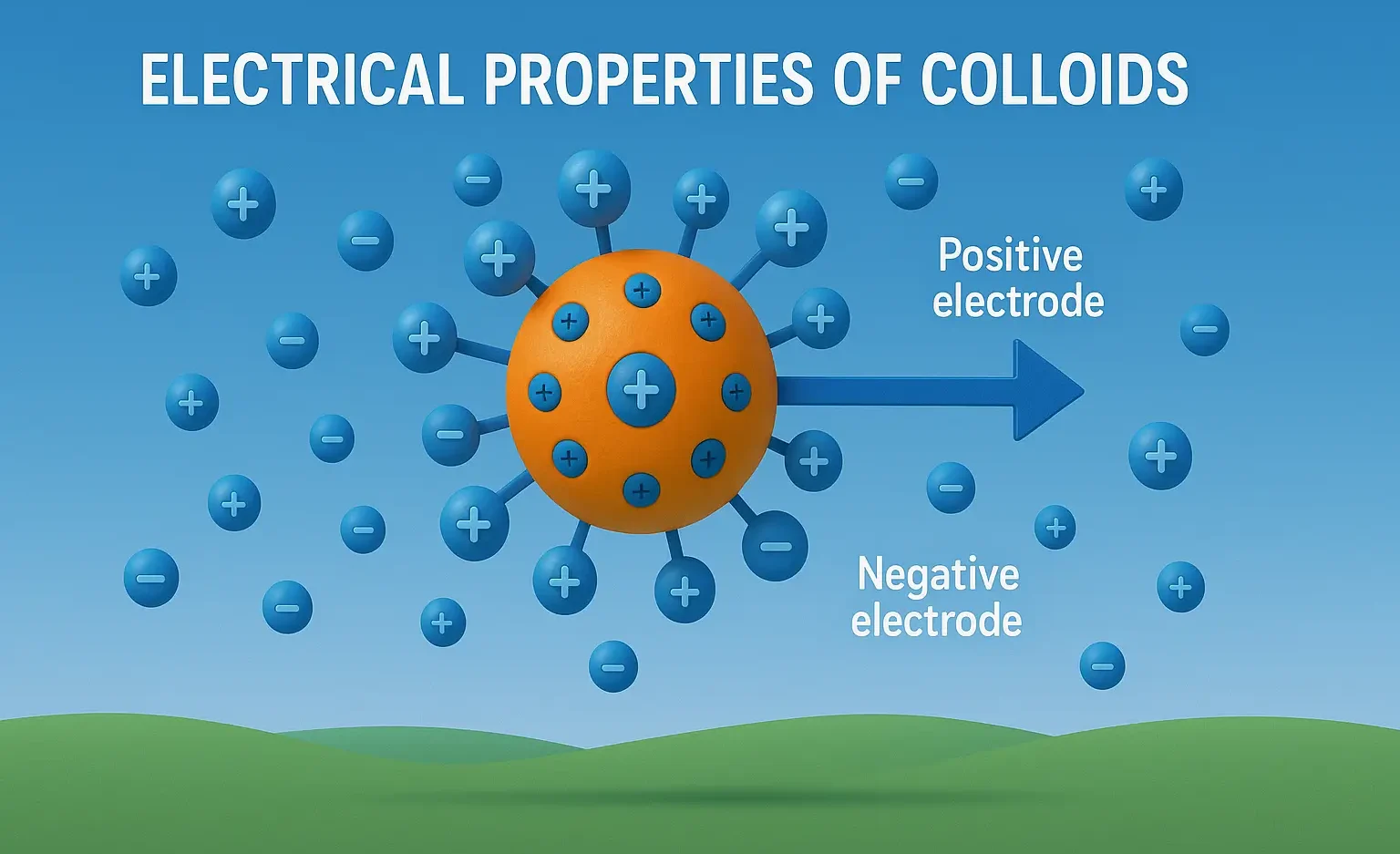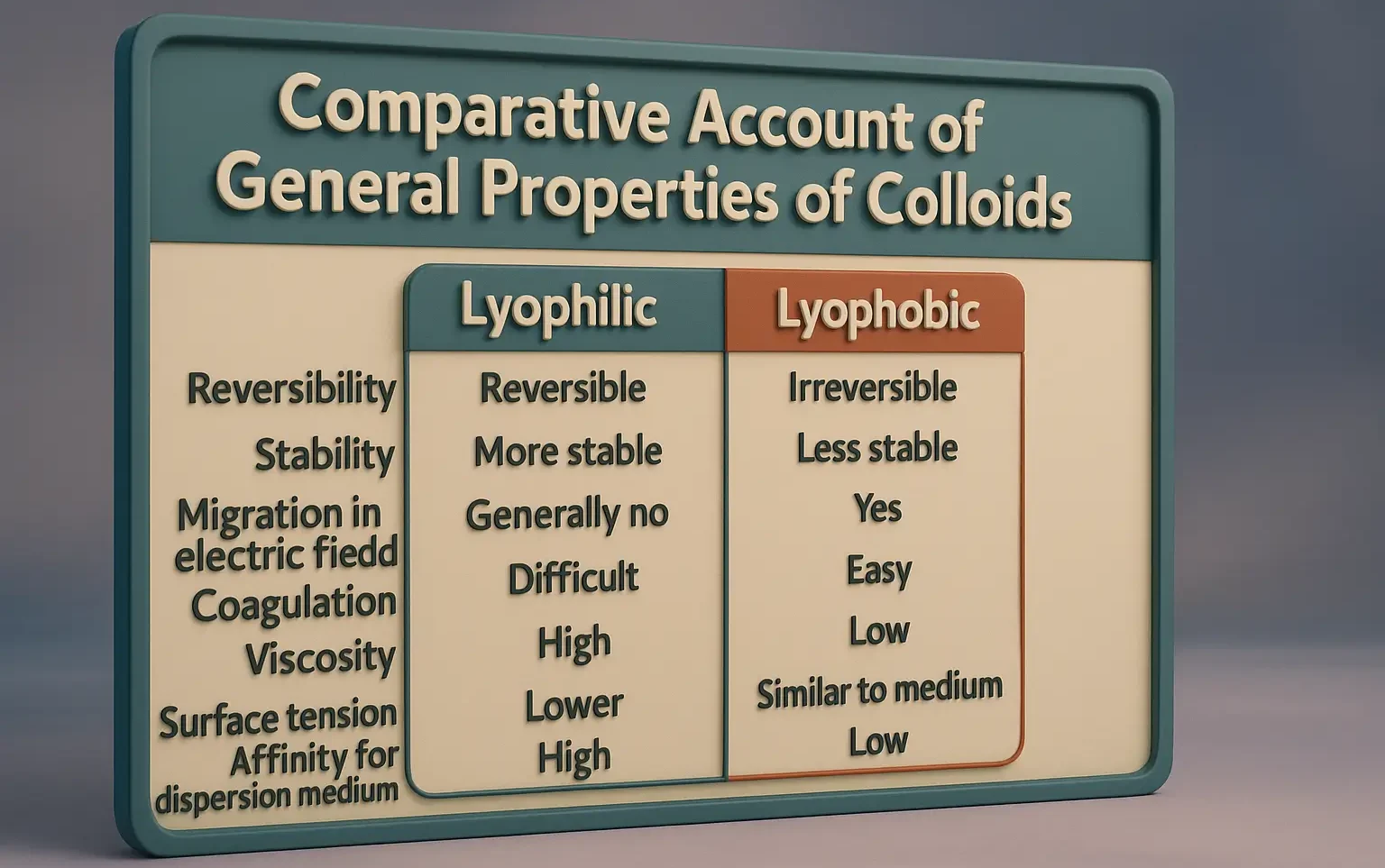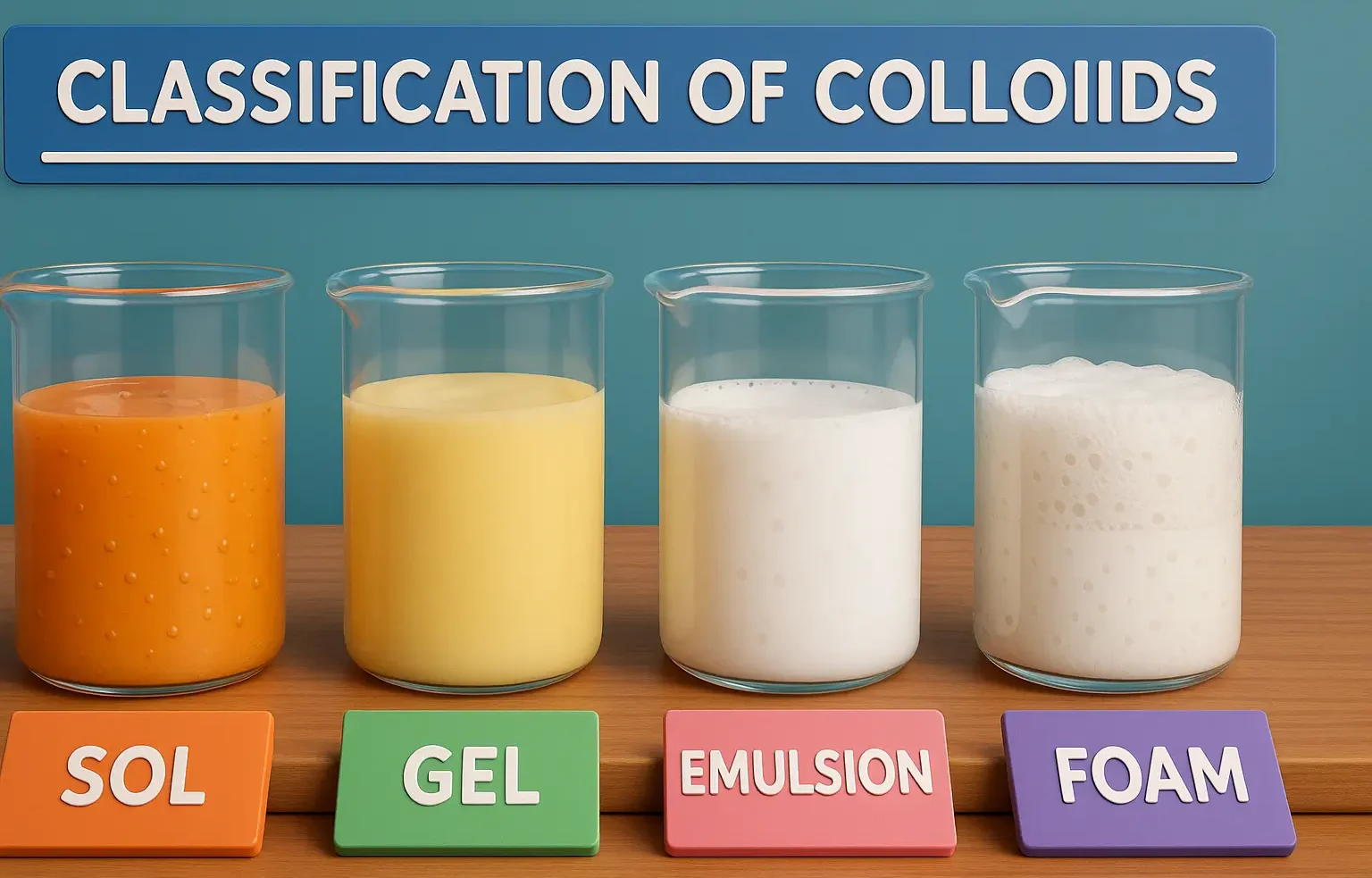Newtonian Systems
Newtonian Systems show constant viscosity, independent of applied shear rate. Newtonian Systems is a fluid whose flow behavior follows Newton’s law of viscosity, which means: The viscosity remains constant regardless of the shear rate or the force applied. The relationship between shear stress (F/A) and shear rate (du/dx) is linear. Definition: A Newtonian fluid is … Read more

